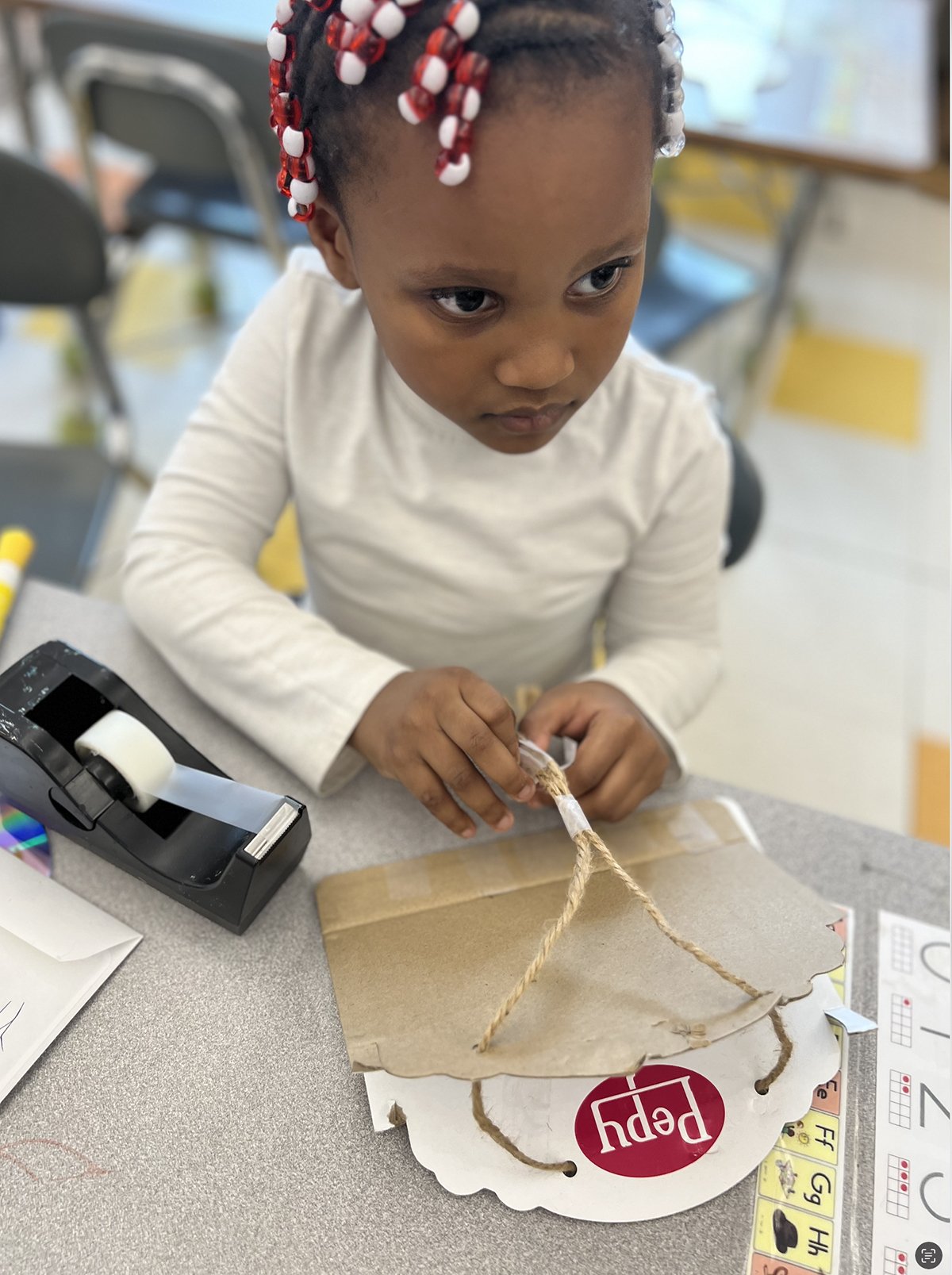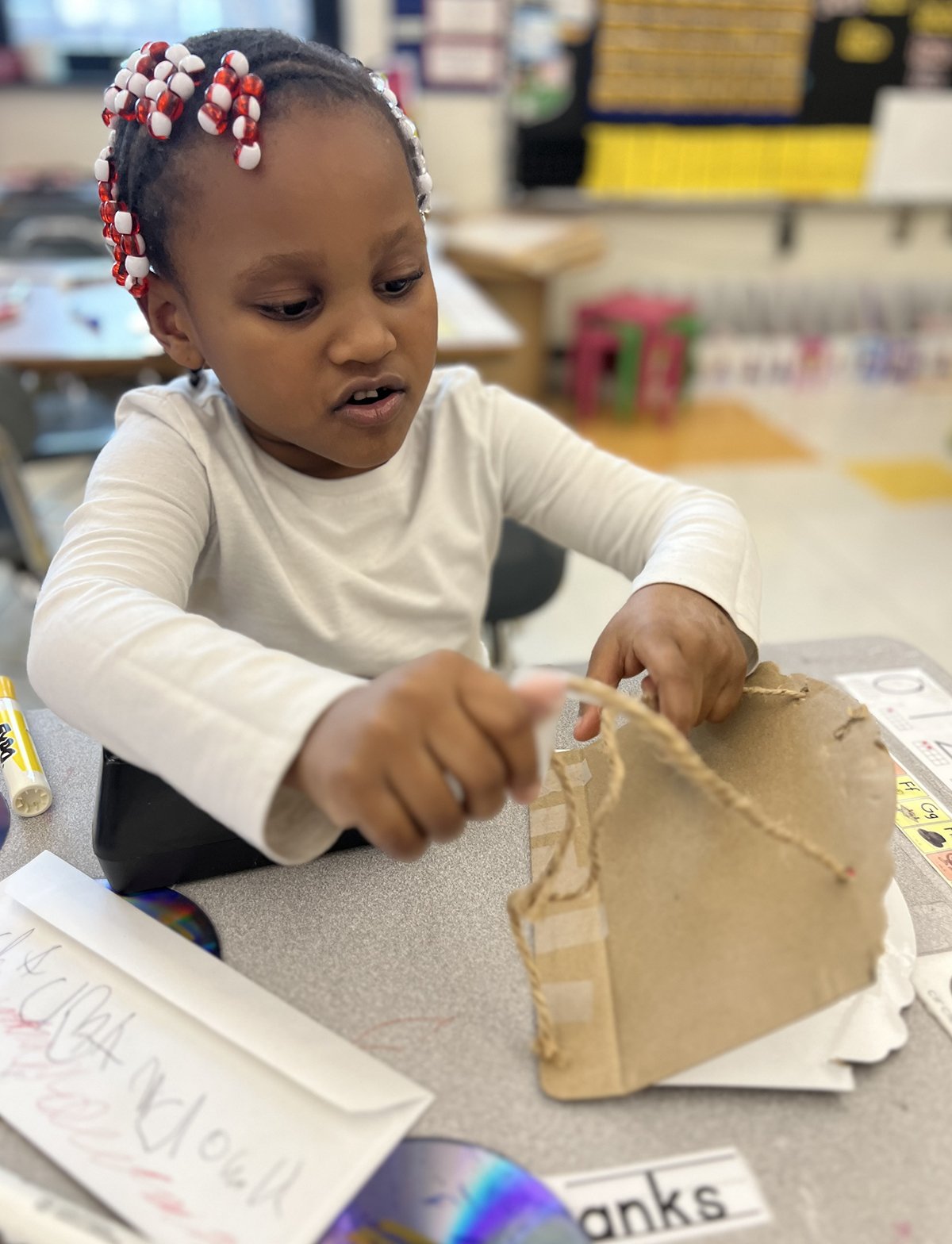Play as an Antidote to Stress in the Classroom
Children’s lives are busy and at times stressful: transitions from home to school, classroom to classroom, each space with its specific expectations and rules. When I read this article, I am reminded of how far away most children’s daily experiences are from what their minds and bodies actually need. We know, from study after study, that play is a critical component of healthy development and that it can serve as an effective buffer to stress. Researchers found that “When 3- to 4-year-old children who were anxious about entering preschool were randomly assigned to play with toys or peers for 15 minutes compared with listening to a teacher reading a story, the play group showed a twofold decrease in anxiety after the intervention.”
I am reminded of a recent experience with a child who was new to the classroom (in the middle of the year). She was sitting at a table alongside children she had only recently met, and was able to use the open-ended play experience to express her individuality and sense of beauty to her teacher and classmates.
We presented a cart of recycled materials, cardboard shapes, string, tape. I sat beside her as she narrated her exploration:
“I need to tape these together!
“I am not going to make a purse!” (As two other students were creating them already)
“I need a string!”
“I need to make a hole.”
“Here I go!”
“I will try my best... there!”
“I kind of broke it but it’s going up!”
“It’s a butterfly now!”
“We need to tie it up. We’ll cut it and try my best.”
“I know I am an artist! I can make anything from anything!”
It was incredible to witness her creativity, sense of self, and persistence, all contributing to her success with the materials. She had clarity of vision from the start, asked for help when she needed it, and pushed through challenges without becoming frustrated. I witnessed her classmates see her in these moments, and know that providing open-ended opportunities for play and art-making allowed this child to find her place amongst the children. She did not look to the other girls for guidance or make something similar to their creations. She was inspired by the materials and imagined something different. She was given the critical time and space to explore and imagine. She felt so proud of what she had made and rushed to put it on display in her cubby!
Do you need help reimagining your classroom as a hub of creativity where children share ideas and feel seen, known, and celebrated? Learn more about our Materials Matter course to start your creative practice today.


